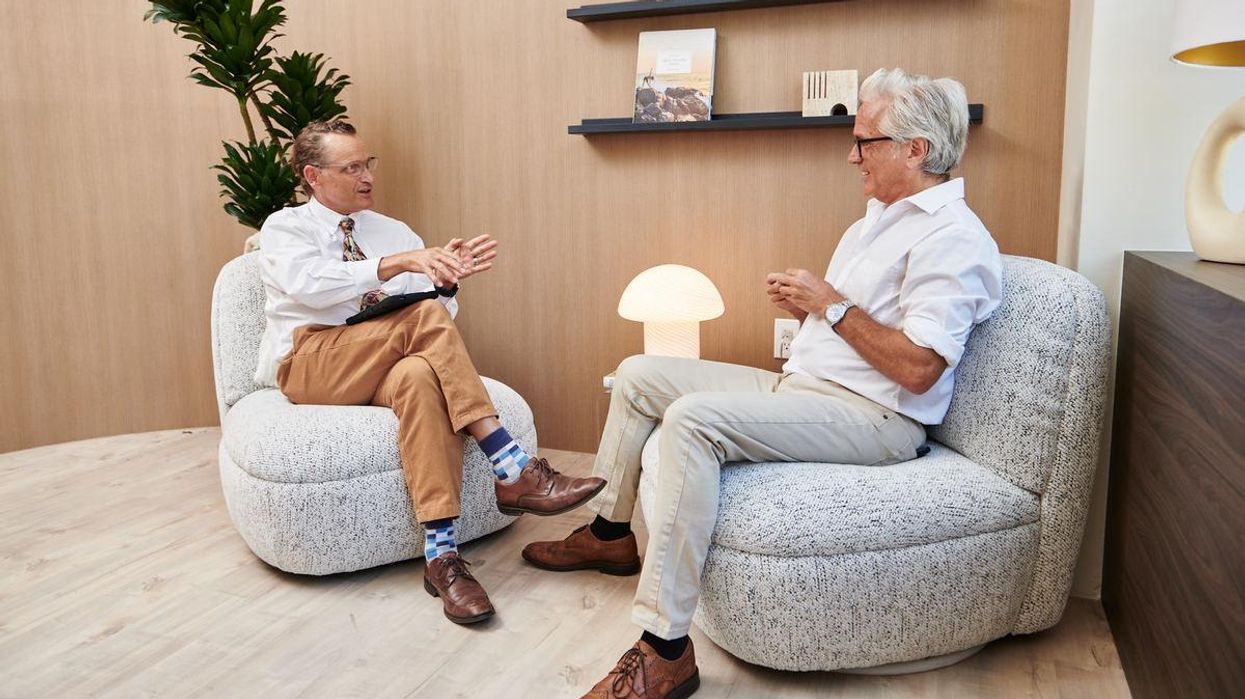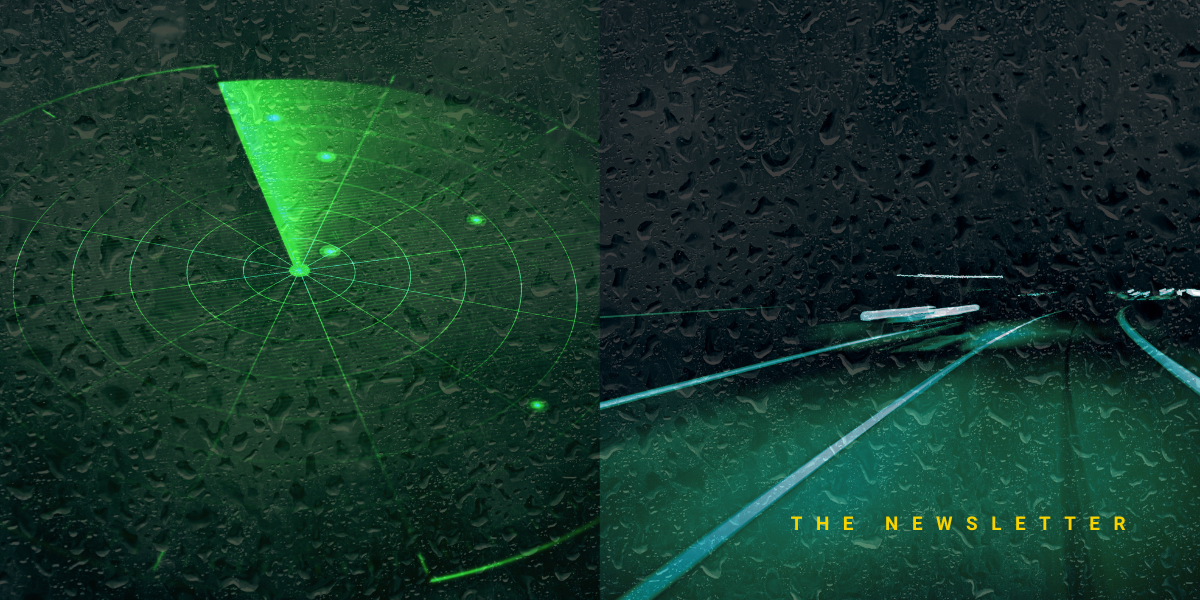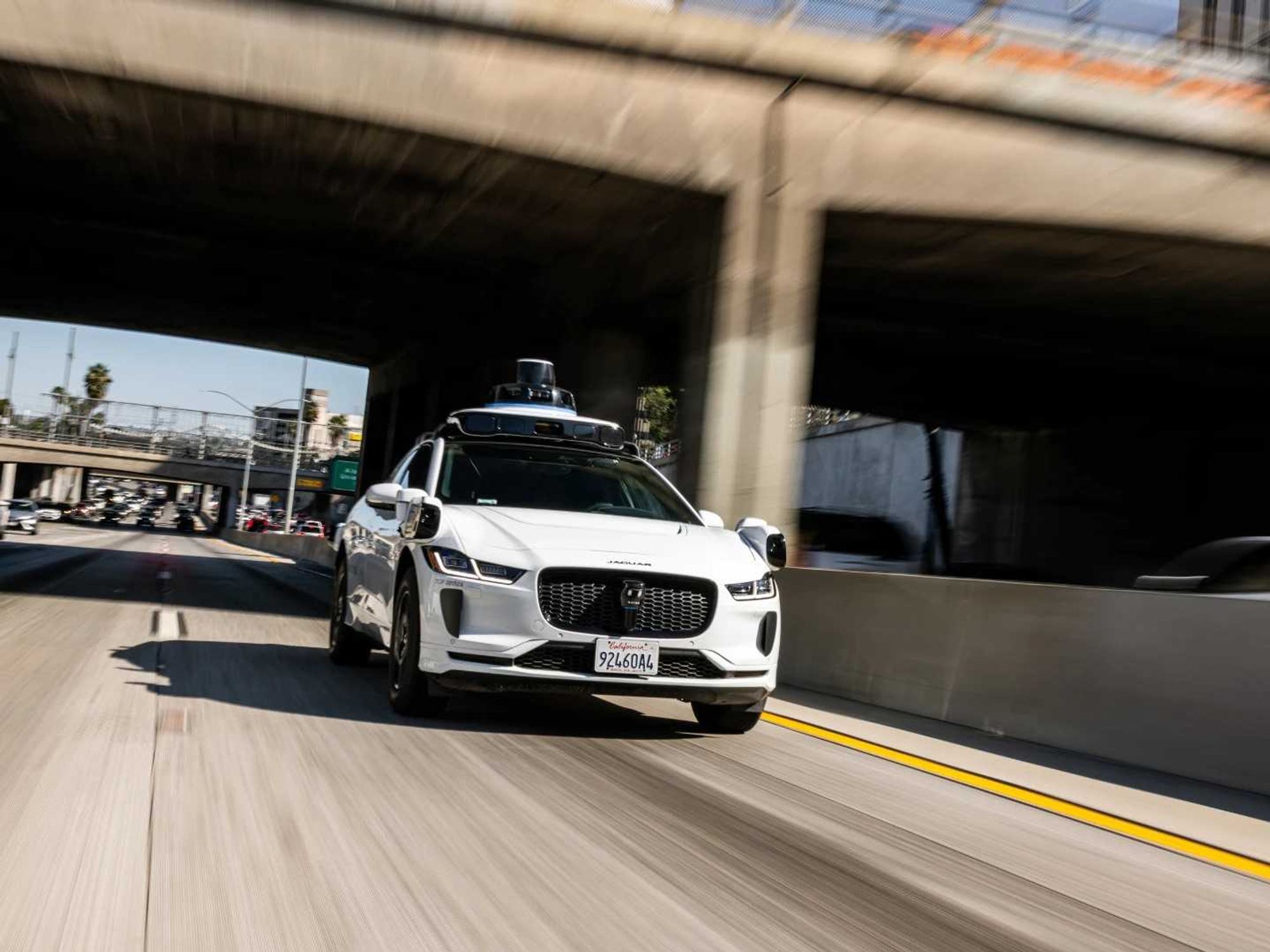What’s Behind the ‘Architectural Digest’ Decor at LA’s Ketamine Clinics?

On the stretch of Sunset Boulevard, where the line between West Hollywood and Beverly Hills becomes faint, inside an eight-story, low-rise medical building, wrapped with a 60-foot poster of J.Lo’s pixel-perfect naked body, the ketamine clinic of the near future is preparing for the clinically depressed.
Pasithea is the latest ketamine center to grace Los Angeles. Inside their state-of-the-art, 1,235 square-foot facility, light oak wood walls, the likes of Scandinavian-themed architecture proliferating throughout the city, welcomes patients with the prospect of chic possibilities.
“Tall doors and tall windows are hardwired to your brain to give you bigger thinking,” says Antonio Ocana, the clinical director of Pasithea’s L.A. office.
The tiny window in the waiting room—a feature typical of the other offices in the Sunset Medical Tower, or so I’m told—has been scrapped in favor of a cascading frosted glass.
“It’s to bring in more natural light,” says Daniela Amador, the 20-something interior designer of the clinic. And the removal of sharp corners in the waiting room in favor of curves, she says, “was a representation of the cycle of life.”
In that sense, the Pasithea clinic feels less like a psychiatric office where they administer intravenous dissociative anesthetics and more like a desert sanctuary.
“There are two types of [ketamine] clinics or two types of vibes so to speak,” says Manuel Hoyer, Pasithea’s VP of Growth and Marketing. “One is a very hippy-esque, mom-and-pop shop that to a degree feels very aligned with the movement around psychedelics that’s not quite super credible for folks seeking out something medically backed. And on the other side of the spectrum you have more dentist-office-like spaces that are not giving away the sense that this is an innovative treatment.”
This distinction is important considering Pasithea is hardly the first ketamine clinic to open brick and mortar in L.A. In fact, it’s not even the fifteenth. Since 2014, when anesthesiologist Steven Mandel, who co-founded Ketamine Clinics Los Angeles, began using ketamine for off-label purposes to treat depression and other mental health disorders, Los Angeles has seen more than 1,000% increase in the number of clinics, based on the current number of ketamine clinics listed on Yelp. The current market size of this industry is estimated at $900 million. It helps too that in 2019, the FDA approved a version of ketamine called esketamine for mental health treatment. Under the brand name Spravato, the antidepressant is administered via nasal spray.
At Pasithea, the price per session for IV ketamine treatment is $700.
“Spravato will be offered as well starting next month,” says Hoyer. They recommend starting with six sessions of IV ketamine that are typically undergone anywhere between one to three weeks. Other ketamine clinics in Los Angeles have a similar protocol but range in price between $400 and $700 per infusion. Which is to say, Pasithea, if anything, is on the higher end of the spectrum.
But such is the price of healing inside a facility that looks less like a medical office and more like a cream-hued fantasy dream. Similar in sensibility, as Hoyer says, to “Santa Monica’s Proper Hotel,” with its sandy palette that alludes to a beach setting.
In recent years or, at least since 2020, much of the reporting on ketamine clinics has, inadvertently, drawn attention to the “vibe” of the facilities. Last year, when reporting on Field Trip, a ketamine clinic in Santa Monica that opened in September 2020, dot LA’s Keerthi Vedantam noted that, “the clinic is outfitted with mid-century furniture, fluffed-up cushions and shaggy rugs, almost like an Architectural Digest spread came to life.”
In her story from 2020 on the mainstreamification of ketamine therapy, the New Yorker’s Emily Witt wrote that the “decorative touches'' of Field Trip’s New York office, “are spa-like: white rugs, fiddle-leaf figs, electric candles inside glass-paned lanterns.” Adding that, “The aesthetic seems based on the assumption that, when a company hopes to take a formerly taboo practice mainstream, a West Elm interior can go a long way.”
Additionally, Field Trip has been described as, “not your average doctor’s office.” The waiting room, writes Sara Spruch-Feiner for Coveteur, “looks more like your chicest friend’s living room, with plenty of natural sunlight, a tactile moss wall, and aesthetically minded furniture.”
All of which is a far cry from the ketamine clinics of yore, which one Redditor described as being “in the back of a [P]olish pharmacy next to a kebab shop,” or “full of incense and pretty psychedelic.”
According to Ocana, to be eligible for ketamine therapy inside Pasithea’s lush, contemporary facility, a patient has to have already tried at least two different SSRIs. Which is important considering IV administered ketamine is not currently FDA approved for any psychiatric indication.
“There are a number of FDA-approved medications and evidence-based treatments for depression, including medications, TMS [transcranial magnetic stimulation], ECT [electroconvulsive therapy] and evidence based psychotherapy,” says Charles Nemeroff, the chair of Department of Psychiatry and Behavioral Sciences at the University of Texas in Austin. “Where ketamine should fall in the treatment algorithm is unclear at this time. I see many patients with treatment-resistant depression who are immediately sent to a ketamine clinic before other well-established treatments have been tried.”
To that end, Nemeroff says, only a small minority of the clinics you are referring to adhere to these recommendations.
“Unfortunately, if you have the funds to pay for a treatment, you can easily receive it,” he adds.
Which is exactly the sort of clientele Pasithea hopes to attract with its palatial motif. According to VP of Operations Chirstian Pedrini, their primary demographic is “people between the age of 25 and 45, successful, either corporate or execs, probably tech and working in the entertainment business, basically people working in high stress environments.” Adding that for these types of people, “the thing you always need to take into account with these psychedelic treatments, is setting is really important.” Hence the floor-to-ceiling wall installation in the waiting room, backlit and ornamented with white vases and beach dried palm spears. Or the white leather phlebotomy chairs. Or the vases and wall art sprinkled throughout the facility, that look as though they’ve been picked out of a CB2 catalog.
Such is the inevitable result of ketamine going mainstream and backed by venture capital. In fact, these days, you don’t even have to go looking for ketamine therapy to find it. Per Rolling Stone’s recent report on the telemedicine company Peak, they’re pushing ketamine therapy via TikTok. Pasithea, at least, who does offer at-home ketamine therapy, does require that a medical professional administer the IV.
Ultimately, says Amador, her goal when designing the Pasithea clinic was to redefine what a doctor’s office could be — to demolish that feeling most people get when they arrive inside the typically aseptic waiting area replete with old gossip rags.
“We want the opposite,” she says. “We want the patient to feel at home.”
- Ketamine for Depression Is Now Available by Injection - dot.LA ›
- Wondermed Ketamine Delivery Service Expands Into Data - dot.LA ›
- Ketamine Clinics Are Opening Across Los Angeles - dot.LA ›
- True Crime Is Facing A Reckoning After 'Dahmer' - dot.LA ›
- Influencers Are Using TikTok Microtrends To Make a Profit - dot.LA ›



 Image Source: Perelel
Image Source: Perelel
 Image Source: Valar Atomics
Image Source: Valar Atomics Image Source: Waymo
Image Source: Waymo Image Source: Apple
Image Source: Apple